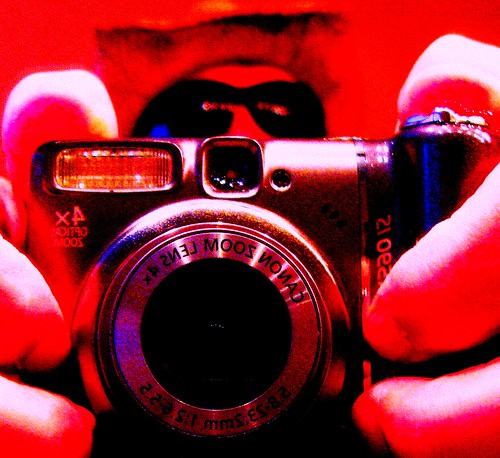"There is a reason why art has served as a means of soulful self-expression for centuries upon centuries. All forms of art, from painting to dancing to music, are very personal and emotional experiences -- both for the artists and the viewers. [...] New research by Semir Zeki, Professor of Neuroesthetics at University College London demonstrates that viewing a beautiful work of art creates the same chemical response as love. Both experiences trigger the feel-good chemical dopamine."
So, to recap for photographers. As you see and create beautiful images not only are you stimulating the light sensors in your cameras, but you're also stimulating the feel- good light sensors in your brains. It's a twofer... a win-win !!!
Go shoot.

